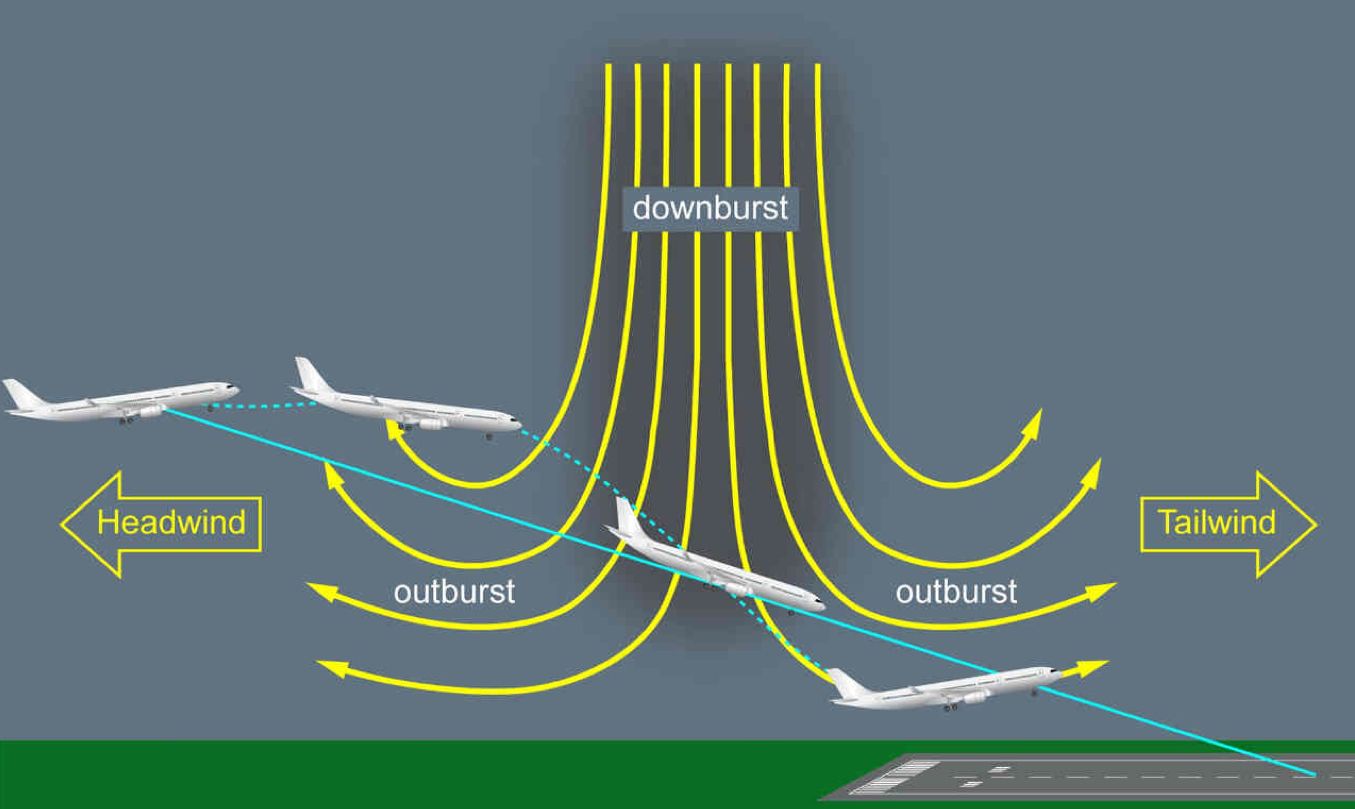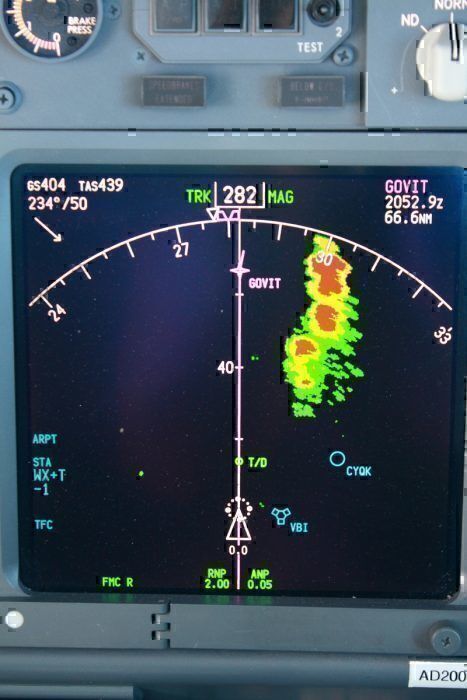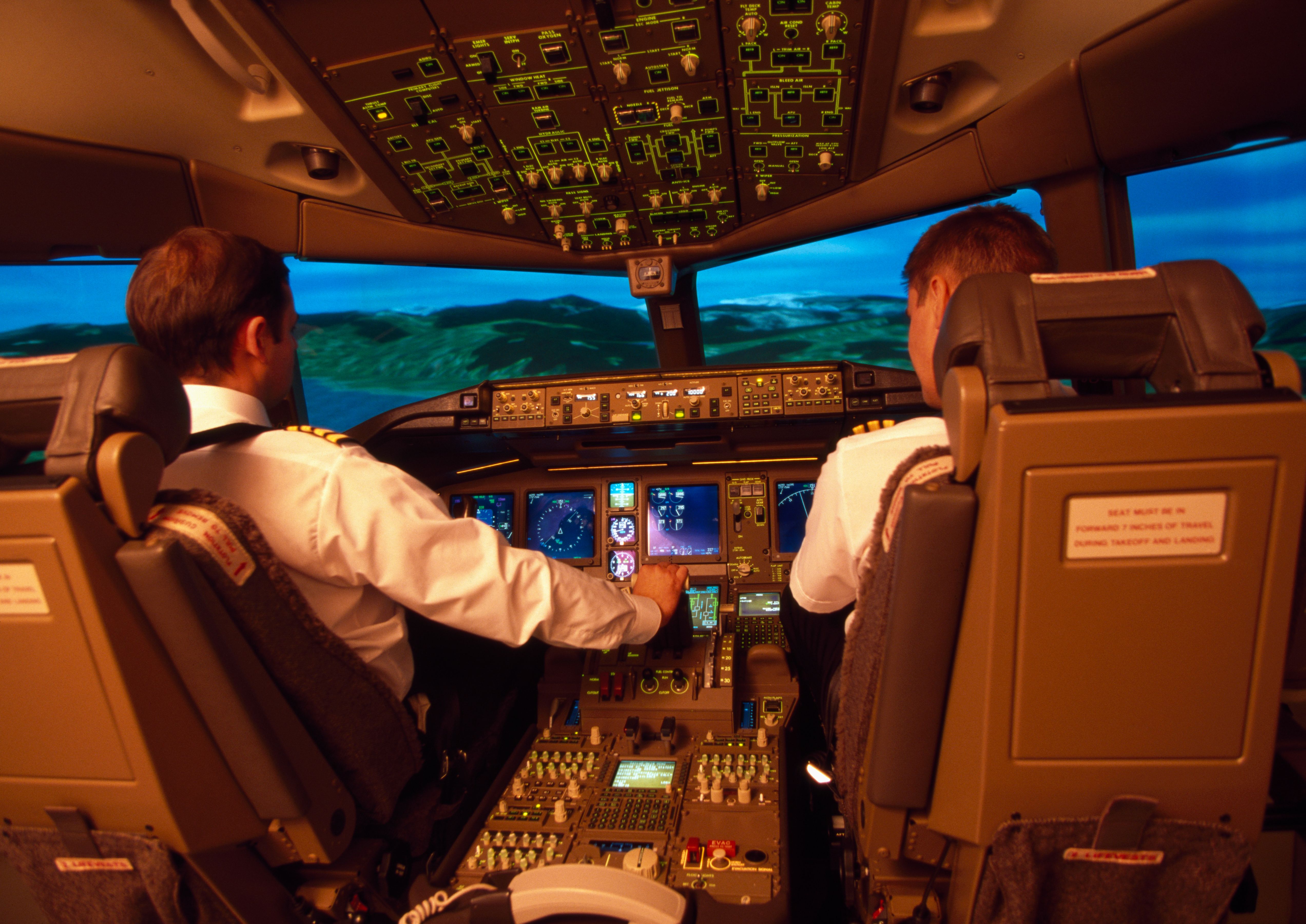One of the most horrific cockpit voice recordings in the history of aviation is that of Delta Air Lines flight 191 as the two sets of pilots and the flight engineer tried to get their rapidly descending aircraft to climb. The Lockheed L-1011 TriStar was flying from Fort Lauderdale to LA with a stop in Dallas on August 2nd, 1985. Ultimately, the pilots lost control of the aircraft on approach to Dallas, and crashed around a mile away from the runway, killing 137 people and injuring 26.
What the crew did not know was that they were in a microburst - a phenomenon that generates one of the most dangerous and unpredictable types of wind shear. Back in the '80s, wind shear training was not mandatory for pilots; neither was the onboard weather radar capable of detecting wind shear. So, even though the crew of flight 191 were at fault for shooting the approach in a thunderstorm, it is just part of the story.
Microburst phenomenon
Microbursts most commonly occur in the mature stage of a thunderstorm cell. This stage is preceeded by what is called an initial stage. In the initial stage, several small cumulus clouds coalesce to form a large cumulus cloud. During this phase, there exist very strong up currents due to the air being lifted off the ground. This lift can be caused by atmospheric instability whereby the surrounding air is cooler than the rising air on the ground. The air can also get a lift through turbulence, or because of orographic uplift which occurs near hills and mountains.
The initial stage lasts about 20 minutes. Then begins the mature stage. During this stage, the water droplets in the cloud combine until their weight can no longer be supported and drops in the form of precipitation. The precipitation can be either rain or hail. The falling of precipitation creates very strong downdrafts, causing cold air to come down with the rain. Although it starts off as warm air, the evaporation of some rain and absorption of the latent heat cools the air and makes it denser, forcing it to fall at a faster rate.
As this dense cold air falls at rates of about 1,000 to sometimes 6,000 ft/min it meets the ground and spreads. When it is spread over a small area of about 4-5 km, a microburst is formed.
A microburst, from the point of view of an aviator, can be divided into three. It has an area of increasing headwind, followed by an area of strong downdraft, and lastly an area of increasing tailwind.
What happens when an aircraft encounters a microburst?
As microbursts are a low-level weather phenomenon, aircraft encounter them during takeoff and landing. This is the main factor that makes this weather feature so dangerous for aircraft as, during these phases of flight, airplanes tend to be in a high drag configuration (gear and flaps down) and moving at low speeds. And it gets more dangerous during landings because engine power during the approach to land tends to be low compared to almost the full engine thrust used during takeoffs.
In a landing, during the very first contact with the wind shear, there is an unexpected increase in aircraft performance due to the increased headwind component. The increase in lift causes the aircraft to climb above the approach glide angle and there is a marked increase in airspeed due to the natural inertia of the aircraft. A typical pilot action in such a case would be to reduce engine power and to initiate a dive to get back on the glide.
As the aircraft passes the headwind, it then enters the middle of the microburst, where there exists a strong downdraft. The downdraft causes the aircraft's descent rate to increase and the airspeed to decrease causing a net energy loss.
Most of the time, once the aircraft passes the downdrafts in a microburst, the fate of the aircraft is sealed as it then enters an area of high tailwinds. The tailwind causes a momentary reduction in airspeed which reduces the aircraft's performance, and the aircraft continues to descend until it impacts the ground.
How are pilots trained counter a microburst?
From the piloting perspective, what makes a microburst so dangerous is the strong wind shear present in it. So, to counter it, wind shear counter techniques apply here. The most vital defense in any wind shear case is avoidance. Unlike the crew of Delta flight 191, flight crew today are provided with weather radar systems that can detect possible wind shear zones.
This technology uses the Doppler shift principle, whereby it detects the movement of air mass. If the droplets in the air mass are moving towards the aircraft, the reflected waves are compressed which increases the frequency of the return. Higher frequency returns mean there is an increase in the speed of air mass movement and this is detected as wind shear. As microbursts are associated with strong wind shear, this system can be used to avoid one.
A pilot can also use visual cues in the cockpit instrumentation to detect possible wind shear. Rapid changes in aircraft speed, variations in wind speed and direction, abnormal variations in aircraft pitch attitude, vertical speed, and glide angle are all signs of an encounter with strong wind shear. If this were to happen, recovery procedures should be applied immediately even if the radar system does not give out a warning. Some older aircraft cannot still predict wind shear, so pilot judgment still remains vital.
If the pilots suspect possible wind shear before take-off or landing, they can well prepare for it. Again, avoidance is the key. So, checking for another possible runway or a diversion should be considered. If it is a take-off, it may be delayed.
For the approach and the landing, the aircraft can be configured to land with the lowest approved landing flap setting to avoid a large increase in drag which allows the aircraft to be flown at a higher speed. This gives the aircraft more kinetic energy which gives it a fighting chance against the wind shear. The low flaps also allow for a safer go-around maneuver.
Finally, the pilots can also add some more speed to the calculated approach speed. When flying, speed is life, so adding a few knots to the calculated approach speed could be of help when the wind shear eats away speed from the aircraft.
So, what is the procedure to follow in a microburst wind shear event? It is actually very easy. Add full engine thrust and hold the pitch up until the aircraft gets out of the shear zone. Airspeed maintenance should be secondary in this case. You are to fly using the pitch attitude. Increasing your pitch increases the angle of attack and this increases the lift which makes the aircraft climb. It does not matter how low your airspeed is. The idea is to increase the pitch until you hear the stall warning and at this point, the pitch controls can be relaxed a little in order to not enter an aerodynamic stall.
These days, wind shear recovery is a part of the airline pilot training program, and it is well-practiced in full flight simulators. In simulators, very realistic wind shear events can be given to the pilots so that they are confident and well prepared if they face one in real life.







